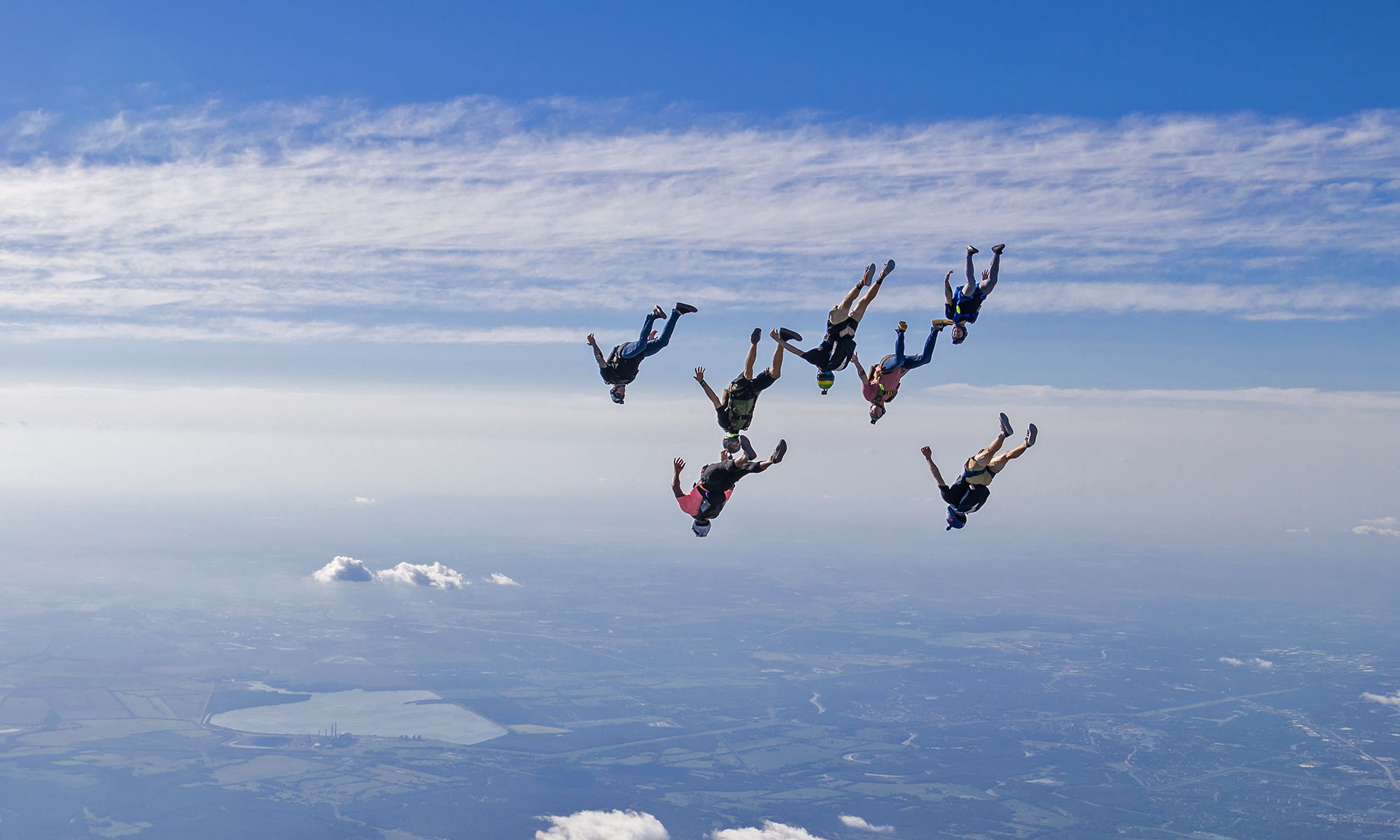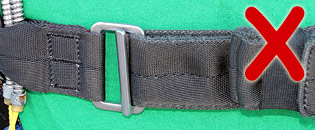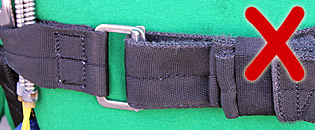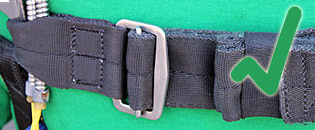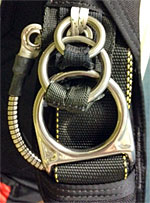Welcome to the world of gear decisions, skydiver! You’ve been jumping an open-face helmet throughout the student program, but you’ve been seeing a bunch of the cool kids on the drop zone jumping full-face helmets of various styles. What’s right for you?
Your preferences will, of course, drive your selection. Here are a few things to think about as you shop:
Full-face helmets
These are highly recommended as they offer chin/facial protection in addition to shielding the top, back, and sides of your head. Most teams flying quickly in close proximity to each other will only jump full-face helmets, and some of the recent designs are extremely popular. However, they come with three additional challenges.
One, the full-face helmet lens can fog up particularly when it is chilly and/or very humid outside (hello, South Texas!). Most modern full-face helmets have lenses that open, so skydivers open their lenses pretty quickly after deploying the canopy to avoid this problem. Make sure you practice opening and closing the lens many times on the ground so you are very familiar with its operation and won’t have trouble when it’s time to open the lens after a skydive.
Two, lenses will need to be periodically replaced because of wear and tear, resulting in additional cost. Also, the lens opening mechanism (if it’s a helmet that opens) has small parts that will periodically wear out and need replacement. The initial cost of a full-face and the ongoing maintenance cost will be somewhat higher with a full-face.
Three, some full-face helmets (particularly older models) have a more limited field of view than an open-face. However, newer helmets generally have a large enough field of view that you hardly see the edges of the helmet at all when you’re wearing it.
Students in our Skydiver Training Program are not allowed to wear full-face helmets until after graduation–you’ve got enough to handle for your learning objectives without learning a new piece of gear! But once you graduate, it’s on. Your instructors will be happy to talk to you about full-face and open-face helmet features and preferences.
Open-face helmets
Many skydivers prefer open-face helmets so they can feel the wind on their faces, and because they have maximum visibility. Some also prefer these helmets if they have any claustrophobia. They’re definitely simpler to maintain and operate, as the only mechanism on them is the buckle/snap under your chin. They also tend to be less expensive than a full-face. However, they will not offer the facial protection of a full-face.
All helmets come in a wide range of colors and sizes, so you can get just the look you want and you can also customize the paint job as you see fit after you get the helmet. Different helmets may run large or small, so be sure to try on some demo helmets at your local drop zone if you can. If that’s not available, follow the measuring guides for each helmet manufacturer you’re investigating. Also keep in mind that some helmets are shaped a little differently and suit different head shapes better than others, so again trying before you buy is very helpful.
Any helmet you buy should have at least one pocket at your ear for an audible altimeter.
The Pro Shop at Skydive Spaceland stocks many popular helmets in full-face and open-face styles, and we can get any helmet you are interested in. We also stock demos of Cookie G3s and Phantom helmets for you to try before you buy. Volkan Obuz in the shop is happy to talk you through the different helmet features and options whenever you’re ready to start shopping.
Blue skies!
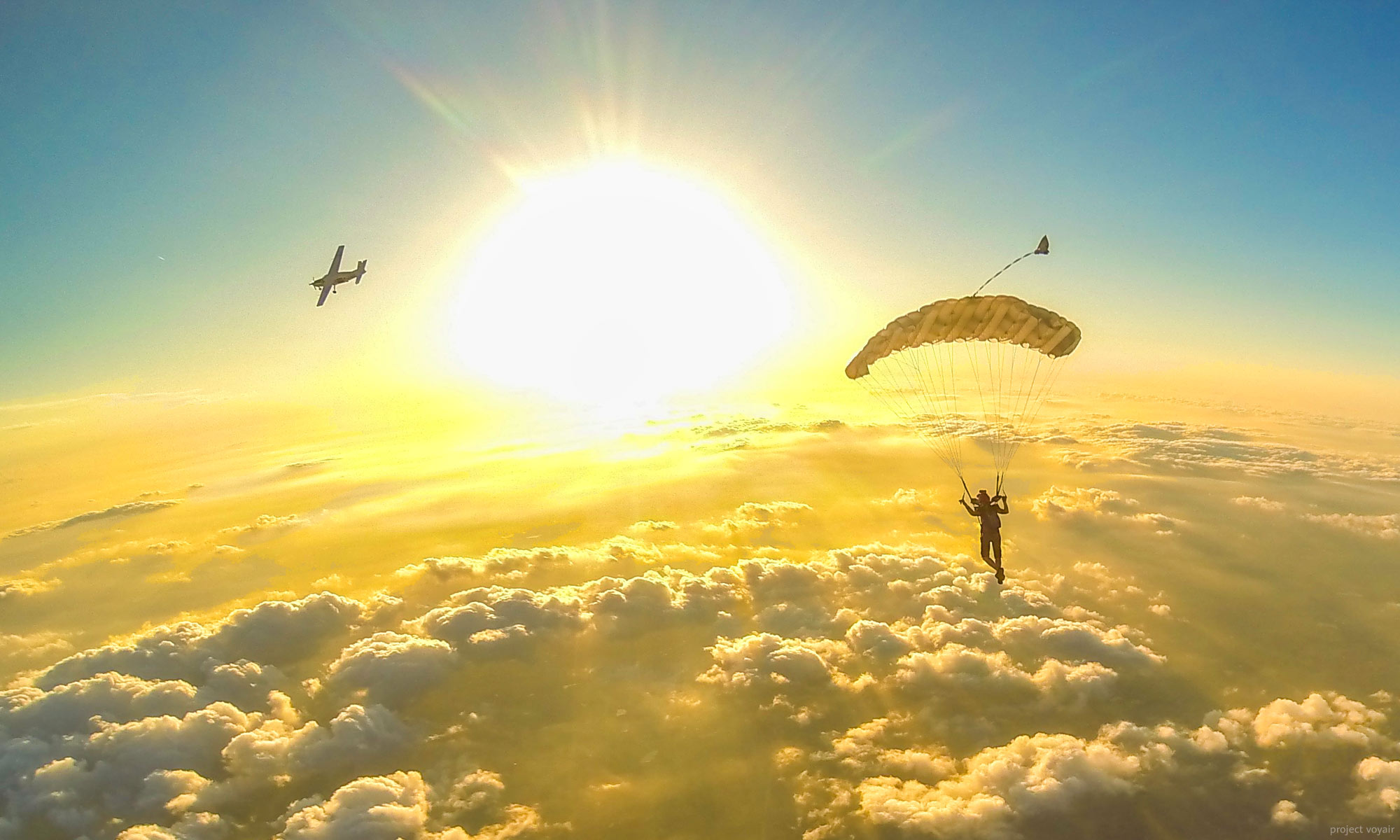


 Simon Bones
Simon Bones
 Brandon Chouinard (April 13th)
Brandon Chouinard (April 13th) Chris Dixon (May 18th)
Chris Dixon (May 18th) Aaron Necessary (June 8th)
Aaron Necessary (June 8th) Ryan Risberg (July 13)
Ryan Risberg (July 13) Manuel “Manny” Guevara
Manuel “Manny” Guevara

